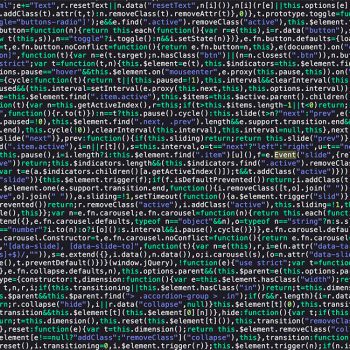
The holographic will and its forms
- Posted by Francesca Dimunno
- On
When drawing up a holographic will, must I also specify the properties that I intend to leave to my relatives, indicating the land registry data?
In Italy, the will is not considered a necessary and important tool, because there is a kind of “cultural fear”, almost superstitious, of dealing with such matters, and also because the people are convinced that Italian law on successions will guarantee the rights of their heirs.
In daily practice, when carrying out consultancy in the area of successions in Italy, when assisting clients also in the delicate planning of patrimonial disposal and drawing up a will valid in Italy, we are quite commonly asked about whether the land registry data should also be specified to identify real estate that the client intends to leave to her/his heirs in a holographic will.
What is a holographic will?
Testamentary forms are regulated by article 601 of the Italian Civil Code, “The ordinary testamentary forms are a holographic will and a deed will before the public notary. The will by public notary deed can be public or secret ”.
The holographic will, regulated by article 602 of the Civil Code, must be entirely handwritten by the testator, must be dated, day, month and year, either at the top of the document or at the end, or after the testator’s signature. Another requirement without which the will is not valid, is that it be undersigned by the testator, signing and sealing all dispositions. The signature may also be abbreviated, provided that it leaves no doubt as to the signatory, and creates a clear, logical and substantial link between the content and the signatory of the document.
As regards the content, the testator is free to decide what to leave and to whom, provided s/he complies with the lawfully due reserve quotas to the heir entitled and with the available patrimony. Any dispositions ignoring the heir entitled reserve quotas will be null.
For the will to be valid in Italy, it is necessary to specify as precisely as possible what property it is intended to leave to the heirs, as regards real estate, and to prevent doubts arising it may also be best to indicate the land registry data.
In this regard, the Italian “Corte di Cassazione” (Supreme Court), Section II, intervened with sentence n. 1649/2017 of 23/01/2017, reaffirming, among other points, the principle that when signing the holographic will, the testator does not necessarily have to indicate also the “land registry data and configuration of the real estate” that s/he intends to leave to the heirs, because it is “sufficient for the purposes of validity of the last will and testament that the property/properties be identifiable without any risk of confusion”.
To contact one of our lawyers with a specialized knowledge in the field of successions, please fill out the form below.




0 Comments